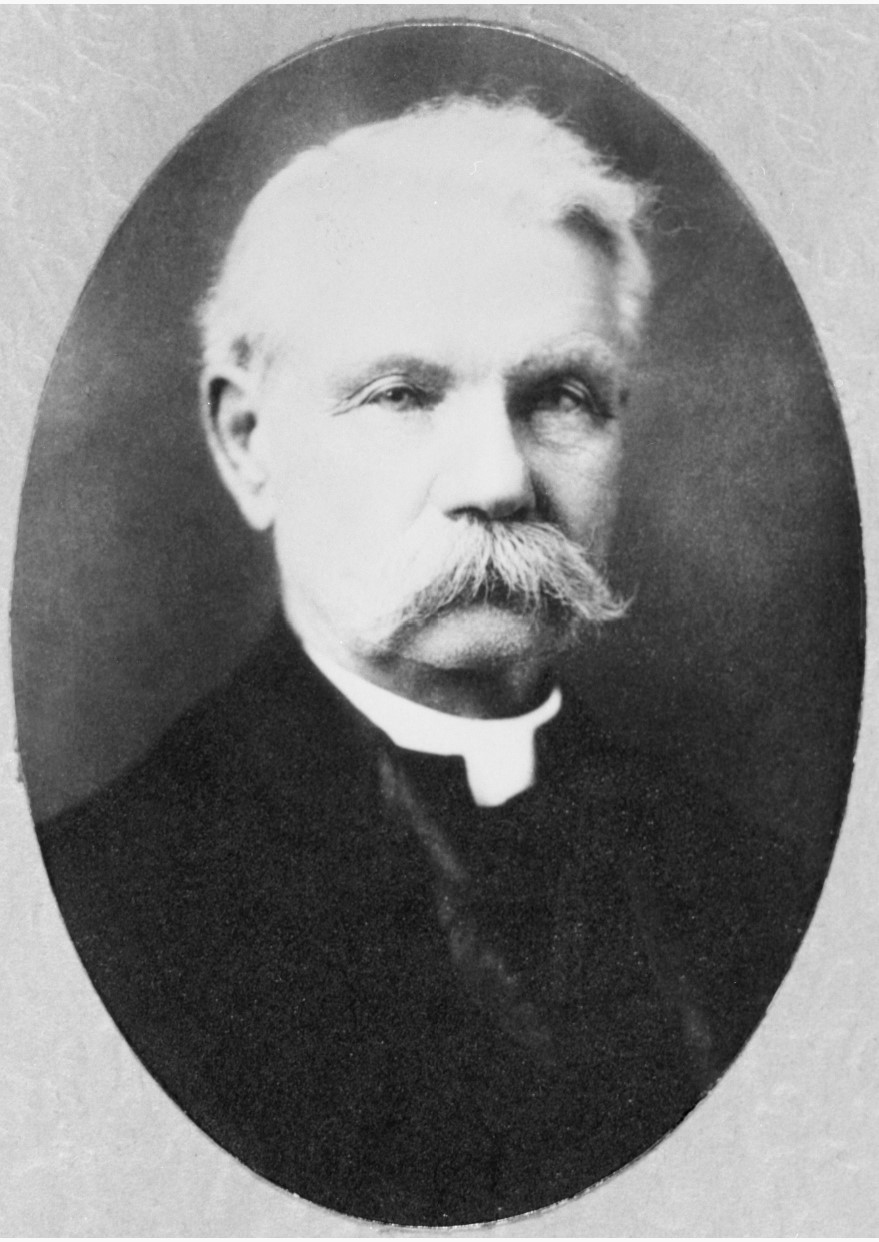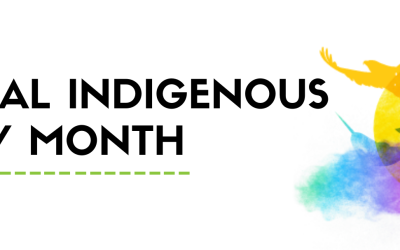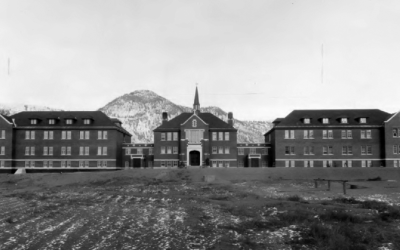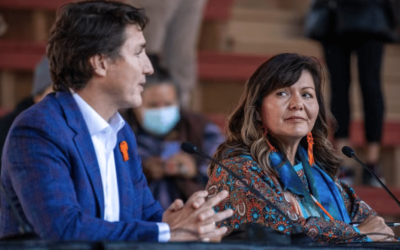Written in 1889 by John McLean: Christian Missionary, Philologist and Ethnologist
The antagonism existing between the customs, intellects, and lives of the two races, and the despondency consequent upon the changed life of the Indians are important factors in frustrating attempts for their amelioration in the present and the Great Beyond… Enlarged knowledge relating to reserves and missions, with the history of the conquest of countries and the training of races, will dispel despondency and create brighter hopes for the ultimate civilization of the Red Race. -John McLean, 1889
If apartheid were measured by results rather than intent, we would have it on reserves today. -Aboriginal writer and businessman Calvin Helin 2008
- This Essay reviews John Maclean’s 1889 personal, first-hand account of the Aboriginal culture and Aboriginal political and social situation in Western Canada. It is far from the current, biased, hearsay accounts that we often encounter today.
- Mclean’s book, The Indians of Canada, offers a respectful, eye-opening, and admiring account of actual Aboriginal, tribal cultures.
- Pre-contact Aboriginal cultures had gradually given up much of their advantages to the encroaching Euro-Canadian culture. Most obvious to Maclean is that these cultures came to a tragic end on the Canadian prairies with the extinction of the buffalo.
- As a result, many Aboriginals became wards the state with no ways to support themselves. The economic and social basis of their former way of life was gone.
- This tragically newfound dependency required social assistance, mainly in the form of schools to help Aboriginal youth participate in the new economy and social systems in which they found themselves. Residential schools were intended to save Aboriginal people and not to rob them of their culture, which had already been lost to a great extent.
- The prevailing view of Canadian leaders was that racial integration was the only path to improving the lives of Aboriginals.
- At that time, many respected Aboriginal leaders, like Peter Jones and Joseph Brant, endorsed the integration of Aboriginals into the growing Euro-Canadian culture. There was no talk of Aboriginals remaining separate, sovereign nations.
- As a result, the common vision today that Canada can exist as a segregated country containing over 600 sovereign First Nations needs to be examined. Perhaps Canada should embrace Nelson Mandela’s vision of an integrated, racially pluralistic country where all citizens are equal.
Read PDF file (7 pages) A Distant Canadian Mirror–The Indians of Canada
Peter Best is a retired lawyer who lives in Sudbury, Ontario. He is the author of There Is No Difference- An Argument for the Abolition of the Reserve System, which has been endorsed by retired Supreme Court of Canada Justice Jack Major.



